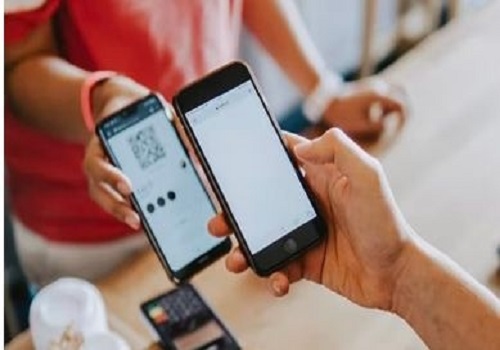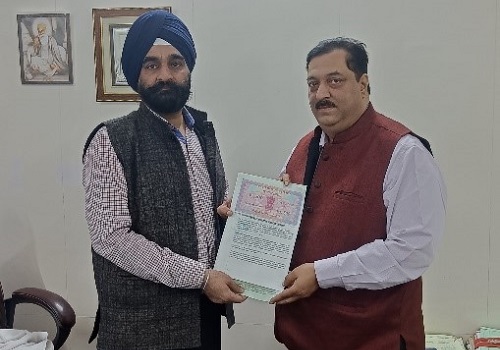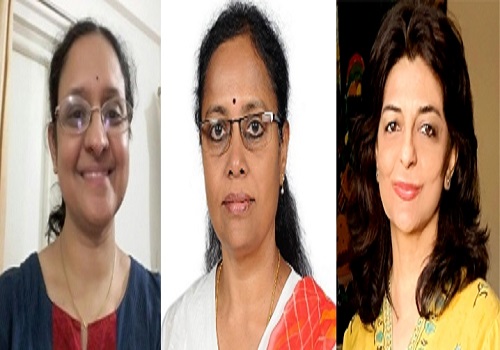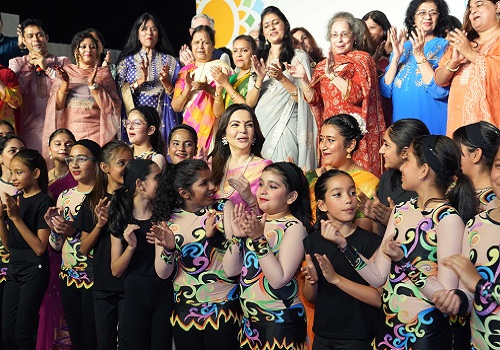58% women prefer AePS to access their bank accounts in semi-urban and rural India: PayNearby Study

Follow us Now on Telegram ! Get daily 10 - 12 important updates on Business, Finance and Investment. Join our Telegram Channel
PayNearby releases its annual ‘PayNearby Women Financial Index (PWFI)’ - a detailed analysis on ‘financial consumption by women at retail outlets’ in 2021-22
* Over 58% of women who avail basic banking services at retail stores prefer AePS to access their accounts
* Cash continues to be the king, with more than 60% women preferring to deal in cash, followed by UPI QR and cards in that order
* Most digitally adept women customers engaged in financial transactions at retail stores fall in the age group of 21-30 years
* Cash withdrawal, bill payment and mobile recharges - top three services availed by women customers at PayNearby agent outlets
* An interesting trend is the emergence of domestic money remittance by young, working women at metros and Tier I cities
* ₹1000-2500 was the most common range of withdrawal
* Micro-savings in the range of ₹500-750 each month is the trend
* For saving goals - child education is the top priority, followed by savings for medical emergency
Mumbai, March 08, 2022: PayNearby, India’s leading digital payments company and largest branchless banking network, today said that more than 58% of female customers, who availed basic banking services at PayNearby’s retail outlets preferred AePS to access their bank accounts. Cash continues to dominate the payment space among women as more than 60% preferred dealing in cash, followed by UPI QR and cards in that order.
The insight was shared as part of a detailed survey titled - ‘PayNearby Women Financial Index (PWFI)’ – an annual Pan-India report showcasing financial consumption by women at retail outlets, released by PayNearby today. The annual report, in its second edition, was prepared basis a Pan-India survey conducted by the company among 3,000+ retail stores in the country, recording financial transactions of women consumers as observed in those outlets.
According to the survey, more than 75% of the retailers mentioned that women within the age group of 21-30 years were the most digitally adept, with over 50% of this age bracket owning a smartphone and accessing digital content through it. This was immediately followed by the age group 31-40 years.
Over 60% of women customers, especially in the cash withdrawal markets, fell in the age group of 31-40 years, with assisted digital access of their accounts through AePS being the most used banking service. In urban and metro centers, which were remittance driven, 20-30 year-olds contributed to nearly 25% of women consumers, showcasing the growing trend of young women getting integrated into the workforce.
While cash still remained the most preferred mode, UPI and cards also saw adoption among women consumers, with preferences ranging from 5-15% among different age groups. Prepaid cards and digital wallets also found mention as a use case for accessing digital content/e- commerce in the digitally aware, smartphone carrying customer segment.
Cash withdrawal, mobile recharges and bill payments were the top three services availed by women customers at retail touchpoints. At urban and metro centers, money remittance also saw good adoption. The transactions were primarily conducted by young working women belonging to the age bracket of 21-30 years (45%) and 31-40 years (25%).
In the withdrawal market largely driven by Tier III and rural regions, majority of the transactions conducted by women were in the age bracket of 31-40 years (65%). Approximately 78% of women in Tier III and rural markets availed cash withdrawals. Overall, ₹1000-2500 was the most preferred range of withdrawal for women across the country.
The report further stated that while more than 75% of women-operated their bank accounts themselves, they were primarily for the purpose of cash withdrawal and cash deposits. Interestingly more than 20% of the women admitted to their husbands operating their bank accounts instead of themselves.
Post pandemic era, there was a growing awareness among women to save for medical emergencies and rainy days, with more than 40% of those surveyed indicating “Bachat” as a priority for them. Formal savings instruments though, continue to see thin adoption, with less than 15% of those surveyed aware of formal savings instruments. Penetration of evolved services such as insurance (less than 5%) also continues to be low.
Commenting on the findings, Anand Kumar Bajaj, Founder, MD & CEO, PayNearby, said, “India is at the forefront of digital revolution globally. However, there is a real danger of widening the digital gap that exists today, if all segments of our society are not integrated in this journey. Whether it is our women force or the large underserved rural economy, it is important for us to measure the digital index across segments, to put in place appropriate actions wherever necessary.
It is heartening to see a growing trend of young women in the age group of 20-40 years, actively consuming digital financial services across retail stores in the country. Though the journey today is largely assisted, from here to a self-service mode will require us to work harder in creating a more empowered ecosystem around them
This means ensuring easy availability of digital content, digital education and digital banking products that can break tech and cost barriers and be easily assimilated across all segments of the society. As our youth and women get more and more integrated into the digital way of life, it will lay down the foundation for a more evolved and empowered society.”
He further added, “As more and more women start using digital payments, it will help drive up overall account ownership. Digital assistance for everyday actions, such as paying expenses or accessing digital commerce and infotainment can save women time and resources and help improve quality of life. It is our mission to enable form factor agnostic, simple-to-use digital payment alternatives at all Kirana stores in the country, so that our masses, especially our women can soon bridge the digital divide that exists in Bharat.”
“The study showed that informal savings at home still continue to be a trend, with less than 15% of women customers showing awareness for a formal savings product. Though this number is better than last year, yet, a lot more needs to be done to bring about significant change. To inculcate the habit of formal savings in every household, we require coordinated efforts from all stakeholders, and at PayNearby our commitment towards that continues unabated,”explains Mr. Bajaj.
Further, the survey indicated that almost 35% of women visiting Kiranas and retail outlets for financial transactions used smartphones and also availed WhatsApp actively. Adoption in cities was as high as 50-60%. Rural Bharat also saw a good adoption, with double-digit adoption almost everywhere in the country. This signifies a growing adoption of digital services among women consumers visiting Kirana stores for financial transactions.
When asked about their top three saving goals, child education topped the list for women, which was followed by ‘medical emergency’, ‘home purchase’ and ‘purchase of gold’. 55% of women indicated ₹500-750 as their preferred range for monthly savings.
With just 5% of women customers aware of insurance as a service, the survey highlighted the impending need to create more awareness for the same, especially across rural and semi-urban markets. However, among the cognizant respondents, life insurance followed by health were the preferred choices.
Above views are of the author and not of the website kindly read disclaimer










Tag News

PayNearby and Grameen Foundation India Collaborate to upskill 150,000 Rural Business Corresp...





 320-x-100_uti_gold.jpg" alt="Advertisement">
320-x-100_uti_gold.jpg" alt="Advertisement">








